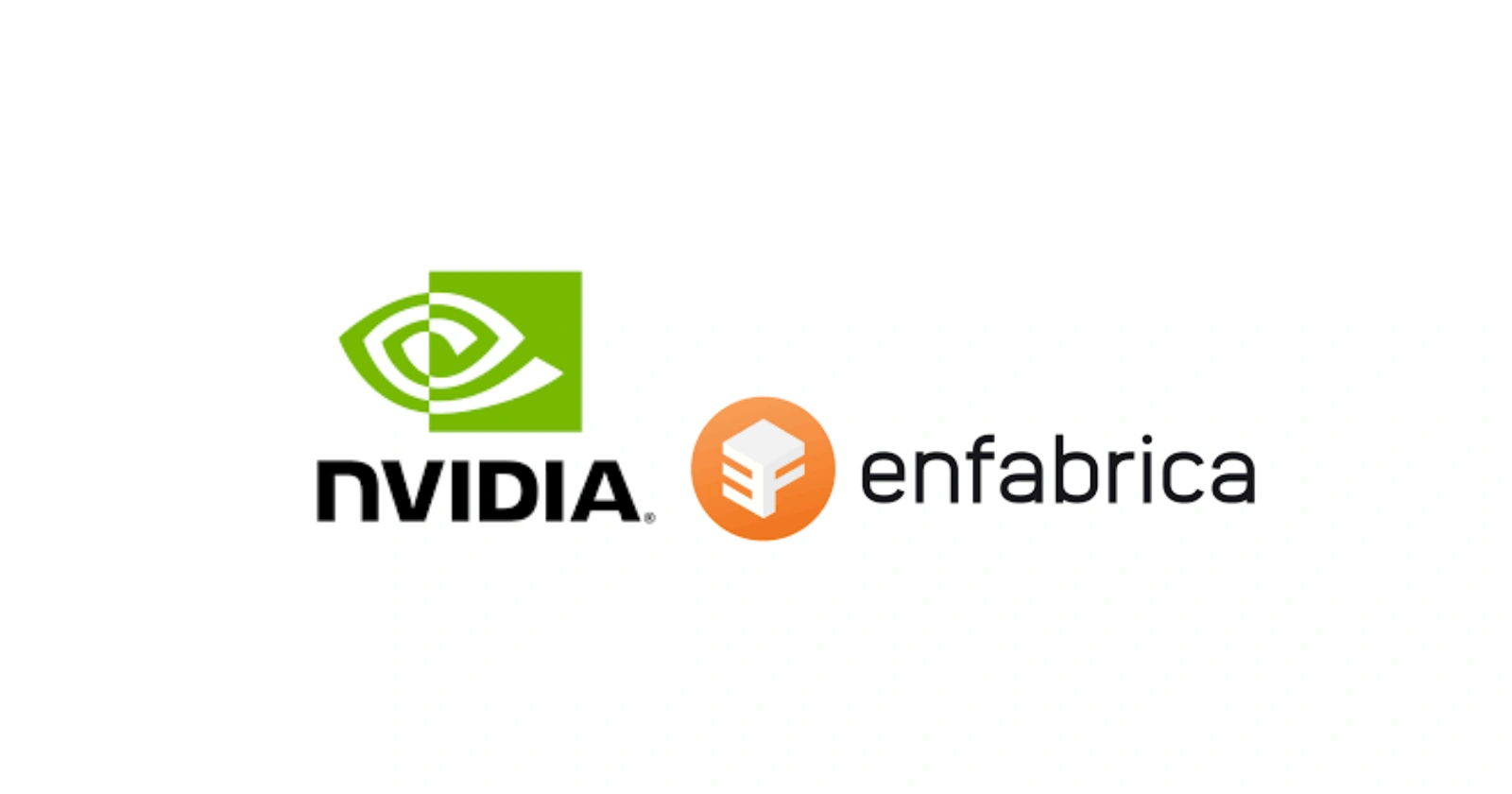Nvidia has made a bold move in the escalating race for artificial intelligence supremacy, shelling out more than $900 million to bring aboard the chief executive of startup Enfabrica and license its groundbreaking technology. This cash and stock transaction, which closed recently, underscores the chip giant’s determination to enhance its ecosystem for massive AI computations.
As data centers evolve into sprawling networks of graphics processing units, such acquisitions highlight how interconnectivity now rivals raw processing power in driving the next generation of AI innovations.
The Deal’s Core Details
At the heart of this transaction stands Rochan Sankar, the Indian-origin CEO of Enfabrica, who has already transitioned to Nvidia. Along with him, several key employees from the startup have joined the ranks, bringing expertise in AI hardware networking.
The deal, valued at over $900 million, combines hiring incentives with technology licensing rights, allowing Nvidia to integrate Enfabrica’s solutions without a full corporate takeover. Enfabrica, founded in 2019, specializes in hardware that enables seamless connections among vast arrays of GPUs, potentially linking more than 100,000 units to function as a unified system.
This approach mirrors a growing trend in Silicon Valley known as acquihires, where big tech firms prioritize talent and intellectual property over entire companies to sidestep regulatory hurdles.
Nvidia’s spokesperson declined to comment on the specifics, and Enfabrica did not respond to inquiries, but sources familiar with the matter confirm the focus on bolstering Nvidia’s integrated AI offerings.
Enfabrica’s Technological Edge
Enfabrica’s innovations address a critical bottleneck in AI infrastructure: the efficient scaling of GPU clusters. Traditional networking setups often rely on multi-tier architectures that introduce latency and complexity as clusters grow.
Enfabrica’s Accelerated Compute Fabric, or ACF, promotes flat two-tier network designs, which simplify connections and enhance performance for large-scale AI training. This technology includes the SuperNIC, a high-bandwidth interface that delivers greater resiliency and lower latency, making it ideal for data centers handling complex AI workloads.
Further, Enfabrica’s elastic AI memory fabric integrates Ethernet Remote Direct Memory Access and Compute Express Link protocols, allowing memory resources to be shared dynamically across GPU servers. Such capabilities could enable Nvidia to optimize its Blackwell lineup, where racks of 72 GPUs work in concert, as seen in recent deployments like Microsoft’s $4 billion Wisconsin data center.
Industry analysts note that as AI models balloon in size, networking efficiency becomes paramount, potentially reducing power consumption and operational costs in hyperscale environments.
Nvidia’s funding history with Enfabrica adds context to the deal. In 2023, Nvidia participated in the startup’s $125 million Series B round, led by Atreides Management, which represented a fivefold valuation increase from its Series A. A subsequent $115 million infusion came from investors like Spark Capital, Arm, Samsung, and Cisco, pushing Enfabrica’s post-money valuation to approximately $600 million, according to PitchBook data. This progression from investor to acquirer of talent illustrates Nvidia’s strategic patience in nurturing promising technologies.
The Broader Wave of AI Talent Acquisitions
This transaction fits into a pattern of high-stakes acquihires across the tech sector, where companies vie for scarce AI expertise amid regulatory scrutiny of outright mergers. Meta Platforms set a benchmark in June with a $14.3 billion investment in Scale AI, securing a 49 percent stake and recruiting CEO Alexandr Wang to lead its superintelligence team focused on artificial general intelligence. Google followed suit in July, agreeing to a $2.4 billion deal to onboard Windsurf co-founder and CEO Varun Mohan along with research staff, including licensing fees.
Other notable moves include Google’s arrangement last year to integrate founders from Character.AI, Microsoft’s similar pact with Inflection, and Amazon’s deal for Adept. These transactions allow firms to absorb top engineers and researchers swiftly, bypassing the antitrust challenges that derailed Nvidia’s attempted $40 billion acquisition of Arm in 2022. As AI reshapes industries, acquihires have surged, with projections indicating continued growth through 2025 as companies build internal capabilities.
To illustrate the scale of this trend, consider the following table of major AI-related deals in 2025:
| Company | Target | Deal Value | Key Details |
|---|---|---|---|
| Meta | Scale AI | $14.3 billion | 49% stake; CEO Alexandr Wang joins to head AGI team |
| Windsurf | $2.4 billion | CEO Varun Mohan and R&D staff; includes licensing | |
| Nvidia | Enfabrica | Over $900 million | CEO Rochan Sankar and employees; tech licensing |
| Microsoft | Inflection | Undisclosed (similar structure) | Founders and staff integration |
| Amazon | Adept | Undisclosed | Key talent acquisition |
| Wiz (planned full acquisition) | $32 billion | Cloud security focus, enhancing AI infrastructure |
This table draws from reports by PitchBook and Forbes, highlighting how billions flow into talent amid the AI boom.
Nvidia’s Strategic Positioning in the AI Landscape
Nvidia’s dominance in the AI chip market provides the backdrop for this aggressive expansion. Estimates place its share at over 80 percent in GPUs for AI training and deployment, with projections for 86 percent in the AI GPU segment this year. The company commands more than 90 percent in certain categories, fueled by the surge following OpenAI’s ChatGPT launch in late 2022. Recent earnings showed a 56 percent sales jump, signaling sustained demand for AI infrastructure.
Beyond Enfabrica, Nvidia has pursued complementary investments. Just days before this deal surfaced, Nvidia announced a $5 billion stake in Intel, alongside a collaboration on AI processors for PCs and data centers. Earlier, it closed a $700 million purchase of Israeli firm Run:ai for optimizing AI infrastructure and invested nearly $700 million in U.K. data center startup Nscale. These steps build on past successes, such as the $6.9 billion Mellanox acquisition in 2019, which enhanced Nvidia’s networking prowess.
Market Reactions and Future Implications
Social media buzz on platforms like X reflects intrigue and optimism about the deal. Analysts view it as Nvidia addressing potential chokepoints in bandwidth, positioning the company to capture the data center interconnect market, expected to grow at 13 percent annually through 2034. One post described talent as a “capital asset,” emphasizing how Enfabrica’s know-how could make vast GPU arrays behave as one, outpacing rivals like AMD or Broadcom.
Critics, however, question the sustainability of such spending sprees, especially with Nvidia’s stock experiencing fluctuations despite a 28 percent gain since October 2024. Yet, as AI spending climbs toward $3 trillion to $4 trillion by decade’s end, Nvidia’s ecosystem investments appear calculated to maintain its lead.
Looking ahead, this deal signals that AI’s future hinges not just on chips but on the fabrics binding them. By securing Enfabrica’s expertise, Nvidia reinforces its role as the architect of tomorrow’s intelligent systems, where connectivity unlocks unprecedented computational scale. As competition intensifies, such strategic maneuvers will likely define the winners in the ongoing AI revolution.



